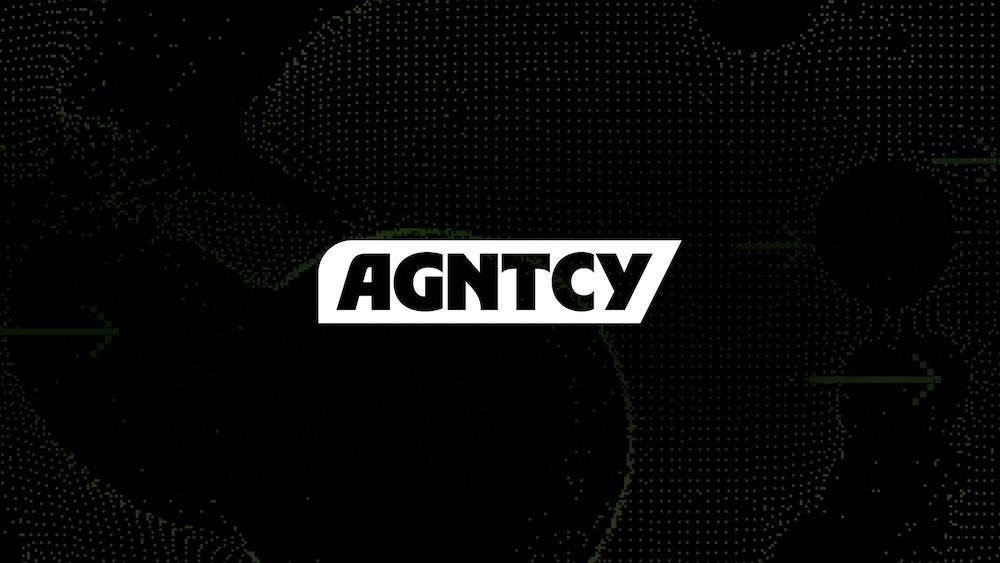Enterprise technology leaders now have access to a unified infrastructure for orchestrating AI agents across organizational boundaries, following Cisco’s donation of its AGNTCY project to the Linux Foundation on July 29. The move positions open standards at the center of multi-agent system development as enterprises struggle with fragmented AI deployments that cannot effectively collaborate.
Technical Foundation for Agent Interoperability
AGNTCY addresses fundamental infrastructure gaps that have prevented AI agents from working together at enterprise scale. The framework provides core capabilities that mirror traditional networking protocols but are designed specifically for autonomous software systems.
Agent discovery operates through the Open Agent Schema Framework, functioning as a distributed directory service where agents can advertise their capabilities and locate specialized services across organizational boundaries. This enables dynamic agent composition rather than hardcoded integrations. A customer service agent handling complex inquiries can automatically discover and delegate to specialized agents for billing, technical support, or account management without manual orchestration.
The identity layer implements cryptographically verifiable credentials that establish trust relationships between agents operating across different security domains. Unlike traditional API keys or shared secrets, these identity mechanisms support delegation chains where human users can grant specific permissions to agents acting on their behalf. This addresses compliance requirements in regulated industries where audit trails must trace automated actions back to accountable individuals.
AGNTCY’s messaging infrastructure centers on the Secure Low-Latency Interactive Messaging protocol, which supports multiple communication patterns including request-response, publish-subscribe and bidirectional streaming. The protocol includes quantum-safe encryption and handles complex multi-turn conversations between agents that may span hours or days.
Observability components provide end-to-end visibility into multi-agent workflows, tracking not just performance metrics but also decision paths and resource utilization across agent networks. This capability proves essential for debugging complex agent interactions where failures may cascade across multiple systems.
Strategic Complement to Agent2Agent Protocol
The donation of AGNTCY to the Linux Foundation occurs within a broader ecosystem of emerging agent communication standards. The Agent2Agent protocol, donated to the Linux Foundation in June, establishes message formats and interaction patterns for direct agent-to-agent communication. AGNTCY complements this by providing the infrastructure layer that makes A2A agents discoverable and manageable at scale.
This relationship parallels the Internet’s layered architecture, where protocols like TCP/IP handle transport while DNS enables service discovery. AGNTCY directories make A2A-enabled agents discoverable across enterprise networks, while the SLIM protocol can transport A2A messages with enterprise-grade security guarantees.
The framework also integrates with Anthropic’s Model Context Protocol, enabling agents to share context and tools through AGNTCY’s messaging infrastructure. This multi-protocol approach prevents vendor lock-in while allowing enterprises to leverage existing investments in different agent frameworks.
Market Dynamics and The Evolving Landscape
Major technology vendors have endorsed AGNTCY as formative members, including Dell Technologies, Google Cloud, Oracle and Red Hat alongside originator Cisco. This backing indicates recognition that agent interoperability requires neutral governance rather than single-vendor control.
Dell’s participation reflects the reality that enterprise AI deployments span multiple environments from public clouds to edge devices. Oracle’s involvement addresses concerns about agent identity and data governance across hybrid enterprise architectures. Google Cloud’s support extends its existing Agent2Agent protocol work into broader infrastructure coordination.
AGNTCY’s donation to the Linux Foundation indicates the evolution of multi-agent systems from experimental technology to enterprise infrastructure. The neutral governance model addresses concerns about vendor lock-in while providing the stability required for long-term architectural decisions









